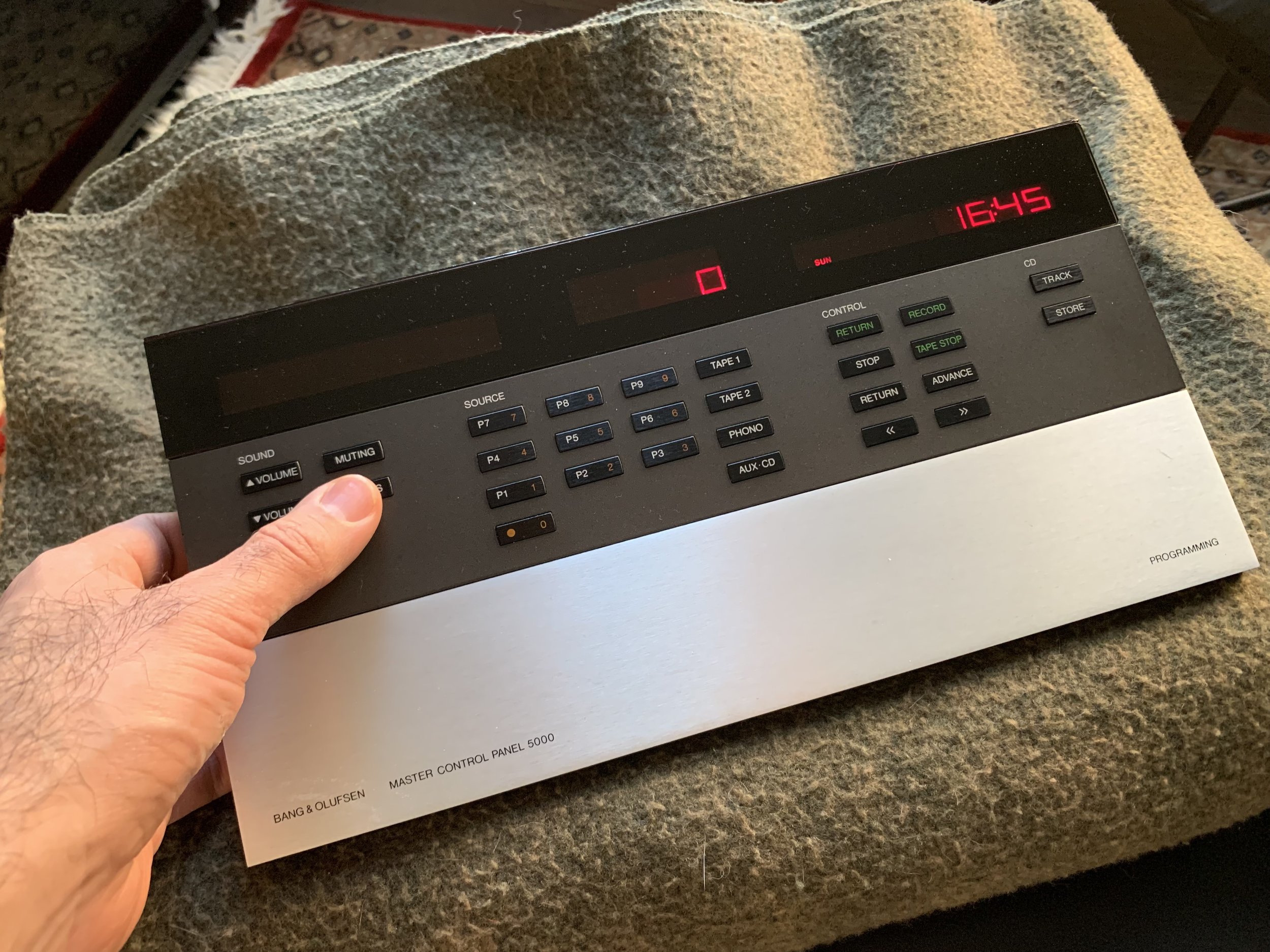Trying to stay busy while at home during COVID, I bought a broken Beomaster 5000 and the accompanying system. Most of it didn’t power on, the belts and mechanics were all broken, and any rubber parts had degraded. Thanks to Beoworld I was able to locate both service manuals and replacement belts. I had fun diagnosing and fixing it, and eventually added the Beogram 5500 as well. Some things I learned:
There is a major difference when servicing devices that have been designed for repairability. I have previously repaired many MacBooks and iPods as well as other stereo components, and there is a big sigh of relief when a device opens easily and includes a service manual with replacement part specs, test points, and describes how to reassemble the device.
The CD-50 was a fascinating component, as it was the first CD player that B&O had ever made. Because it was so new, there were many last minute revisions to the device, including daughter boards and components that were not included in the finalized circuit board. Because of this it was much more sensitive to RF interference.
Capacitors fail, but so do resistors. And relays. And belts. Lots of belts. Belts fail when they turn to goo with age, and they take a lot of time and isopropyl alcohol to clean up before they can be replaced.
Don’t buy components from Florida (or from any humid climate). One of the amplifiers I purchased was from Florida, as was an NAD receiver I previously restored. Both had major damage on the inside due to condensation. I had to buy a second used Beomaster because there were so many damaged and corroded parts in the first one that I could not salvage much of it.
The remote for the Beomaster 5000 is a thing of beauty. It is made to perform every function on the system, and has a display that shows the status, time, volume, balance, mode, and other functions. Because of this, the remote and the receiver need two-way communication. This is the earliest I have ever seen two-way comms over IR (the system was designed in the early 1980’s).
The user experience is also very clear and effortless. All of the components are connected via a DIN connector that sends both audio and data back and forth, so if you press play on the phonograph it will power on the amplifier and begin playing. One button press. The same is true for the CD player and cassette player. Because it is so intuitive and effortless it still feels very modern and up-to-date.










